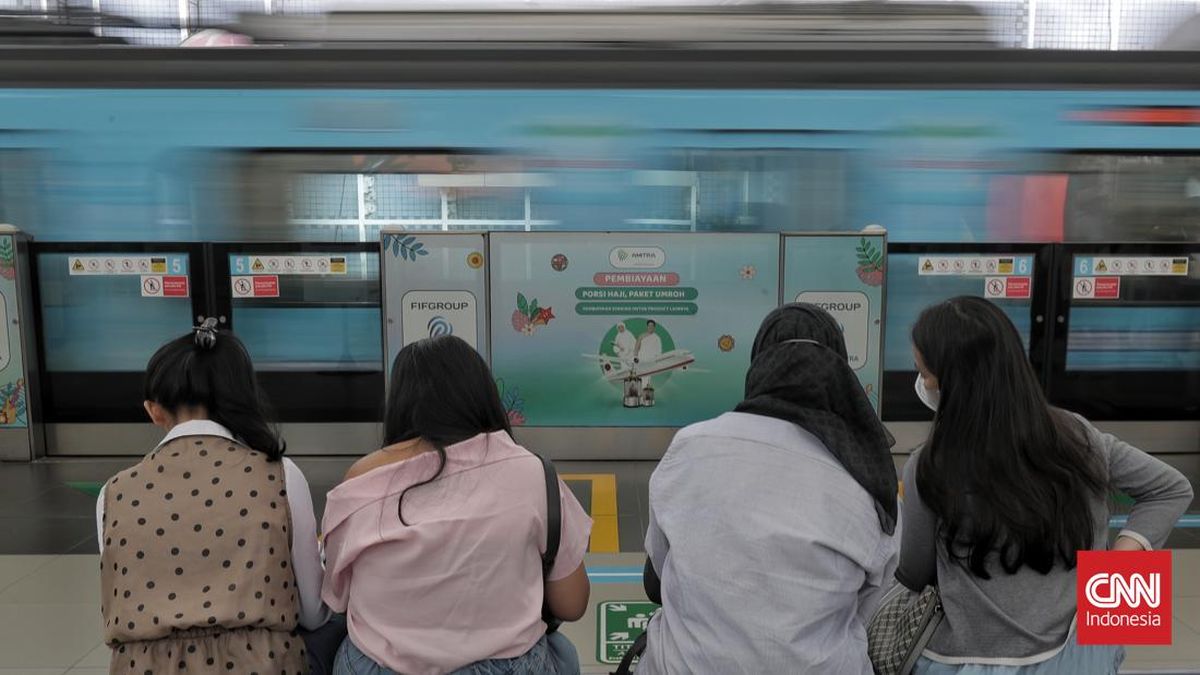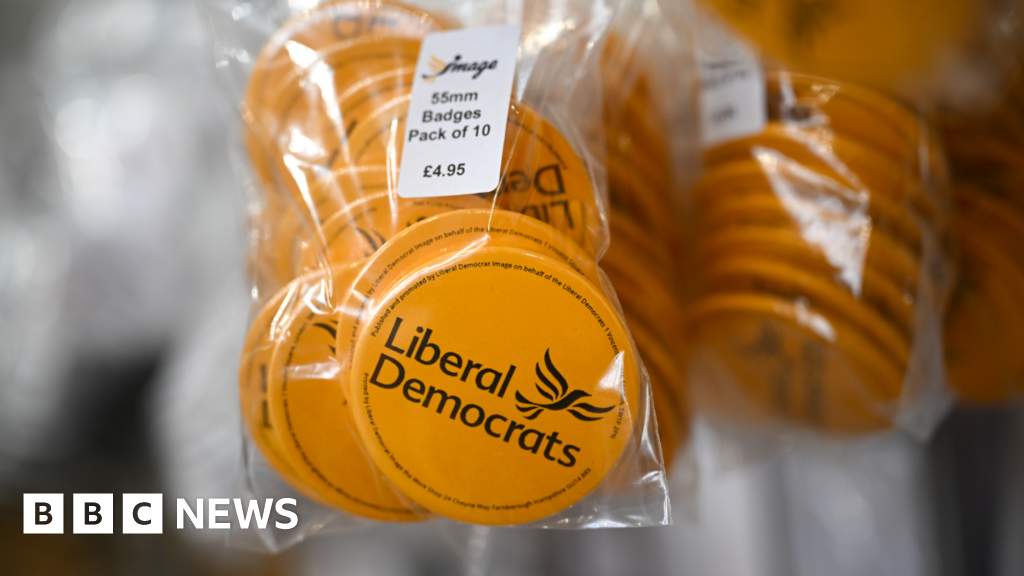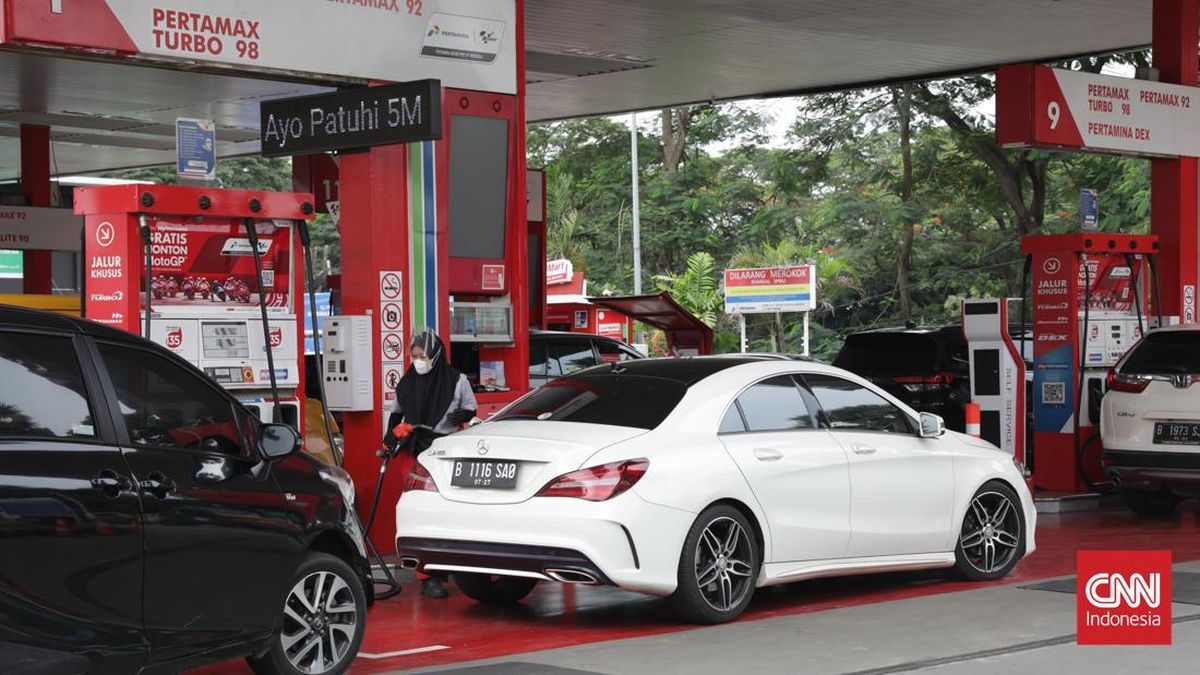Australia finally has a clear energy policy and an ambitious climate target to drive investment required to modernise the electricity grid. But the Albanese government’s new plans to reach net zero by 2050 lack the same details for which the Morrison government was criticised.
The Albanese government last week announced its 2035 climate target, committing to cut emissions by 62-70 per cent from 2005 level by 2035 in a major upgrade to its 2030 goal and a huge increase in ambition compared to past governments.

Prime Minister Anthony Albanese and former PM Scott Morrison both released net zero plans. Credit: Nine.
Arresting climate change and meeting that ambition means more than just cleaning up the power grid, where the government is making valuable gains with clear policy to drive private investment into renewable energy.
It will also require decarbonising every part of the economy that releases dangerous emissions, such as Australia’s factories that need fossil fuels or farms that use lots of diesel and emit methane from livestock.
But the plans released by the Albanese government last week to cut pollution in sectors other than electricity generation, which account for about half of the emissions cuts required by Labor’s plan, depend on the same “technology-led” approach as the Morrison government’s plans.
Loading
When Morrison released his net zero road map on October 27, 2021, the Sydney Morning Herald editorial highlighted a key contradiction in the “technology not taxes” strategy - noting that “a significant portion of the emissions reductions it promises relies on technologies not yet developed”.
The Albanese government’s plan makes similar assumptions. It presumes that the $8 billion of industry funding on offer will be sufficient to help industries decarbonise, and that green hydrogen will replace the polluting fuel sources currently used by heavy industry. It also assumes that as yet commercially unproven carbon capture technology is deployed at scale.
Green hydrogen, which is produced using renewable energy and is considered emissions-free, is widely seen as a promising fuel for heavy industry.
Yet despite the billions in dollars of public funding earmarked to spur the industry, commercial projects have stalled around the world due in large part to the high cost of production and lack of customers.
The transport sector plan relies not just on green hydrogen for trucks, but also on low emissions sustainable aviation fuel, produced from plant oils or renewable energy starting to replace jet fuel from 2030 onwards, even though it currently costs up to five times more.
While the transport plan contains the most detailed timeline of when low emissions technologies are expected to be deployed, it does not state how the government can assume green hydrogen will be a commercially viable at scale by 2030.
Labor quietly defunded its $80 million Hydrogen Highways program, to drive uptake of hydrogen trucks, in the May Budget. The National Hydrogen Roadmap, released last year, argued the nation could produce between 15 million tonnes and 30 million tonnes of green hydrogen a year by 2050, but Treasury modelling released with the climate target last week assumes that figure would be just 4 million tonnes.
Loading
The agriculture sector plan notes farmers are expected to produce significant emissions reduction of around 60 million tonnes a year by 2050, but there is not yet guidance on whether farmers would need to offset their own carbon and if they decided to plant trees to do so, what the impact on food production would be.
The mining and industry sector plans do not detail any new policies that would force big polluters like coal mines or smelters to make greater emission cuts out to 2035, nor do they estimate how much emissions would be sliced from each sector.
Bowen said in 2021 that Morrison’s net zero policy “wasn’t a plan, it’s a scam”.
“I’ve seen more detail in a fortune cookie then in documents released by the government today,” Bowen said.
The same criticism could now be levelled at Bowen. That’s how the cookie crumbles.
Most Viewed in Politics
Loading


















































